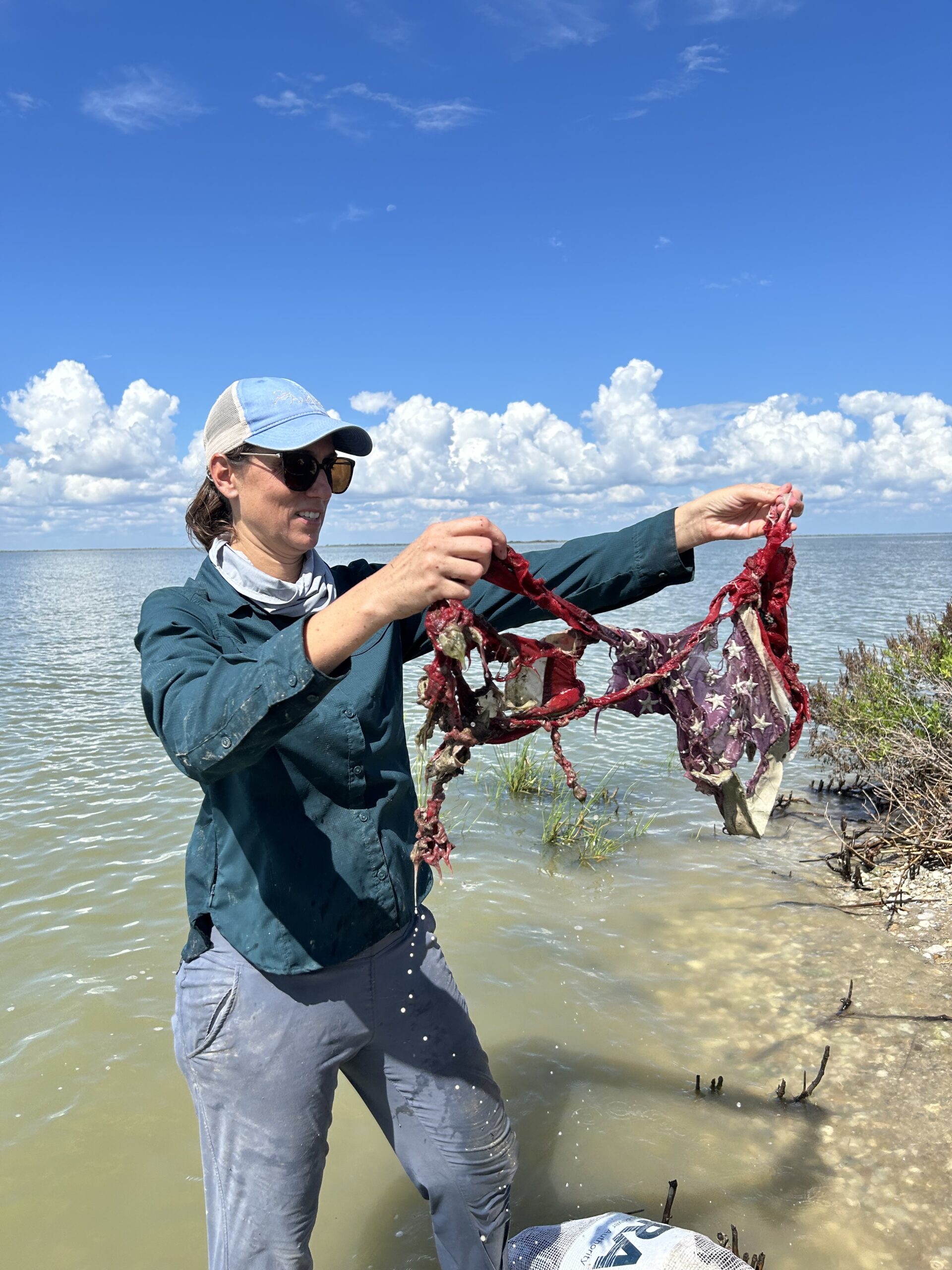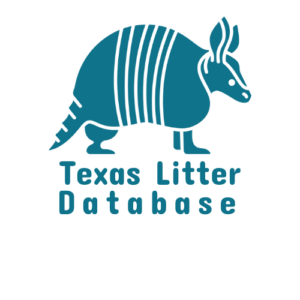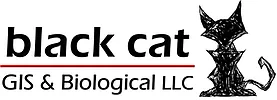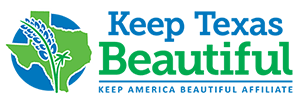Who:
Anyone who wants to combat litter, including volunteers, city governments, KTB Affiliates, Scout Troops, researchers, and policymakers.
What:
The Texas Litter Database was created in partnership by Keep Texas Beautiful, HARC, and Black Cat GIS with funding from the Garver Black Hilyard Family Foundation. The partners were committed to placing litter cleanup and prevention programs in the context of evidence-based research.
It serves as a public data source that can be leveraged by communities in addition to provide evidence for policy and research.
Where:
Tools
Webinar
Introduction to the NEW Texas Litter Database
Watch the Recording
Background
The Texas Litter Database was created in partnership by Keep Texas Beautiful, HARC, and Black Cat GIS with funding from the Garver Black Hilyard Family Foundation. The partners were committed to placing local litter prevention and cleanup efforts in the context of statewide efforts. The database served two main purposes. First, to support organizations that are engaged in litter work with their data collection and evaluation efforts. Secondly, to provide researchers and policymakers access to data to better understand Texas’ litter problem.
It is the first statewide litter database of its kind.
Why Data Collection Matters
Provides concrete, actionable evidence that helps us identify problems and potential solutions
-
Track litter hot spots in your community.
-
Conduct litter audits to determine the composition of the litter in that area (and compare to standardized statewide totals.)
-
Track trends over time, including measuring the efficacy of any given solution.
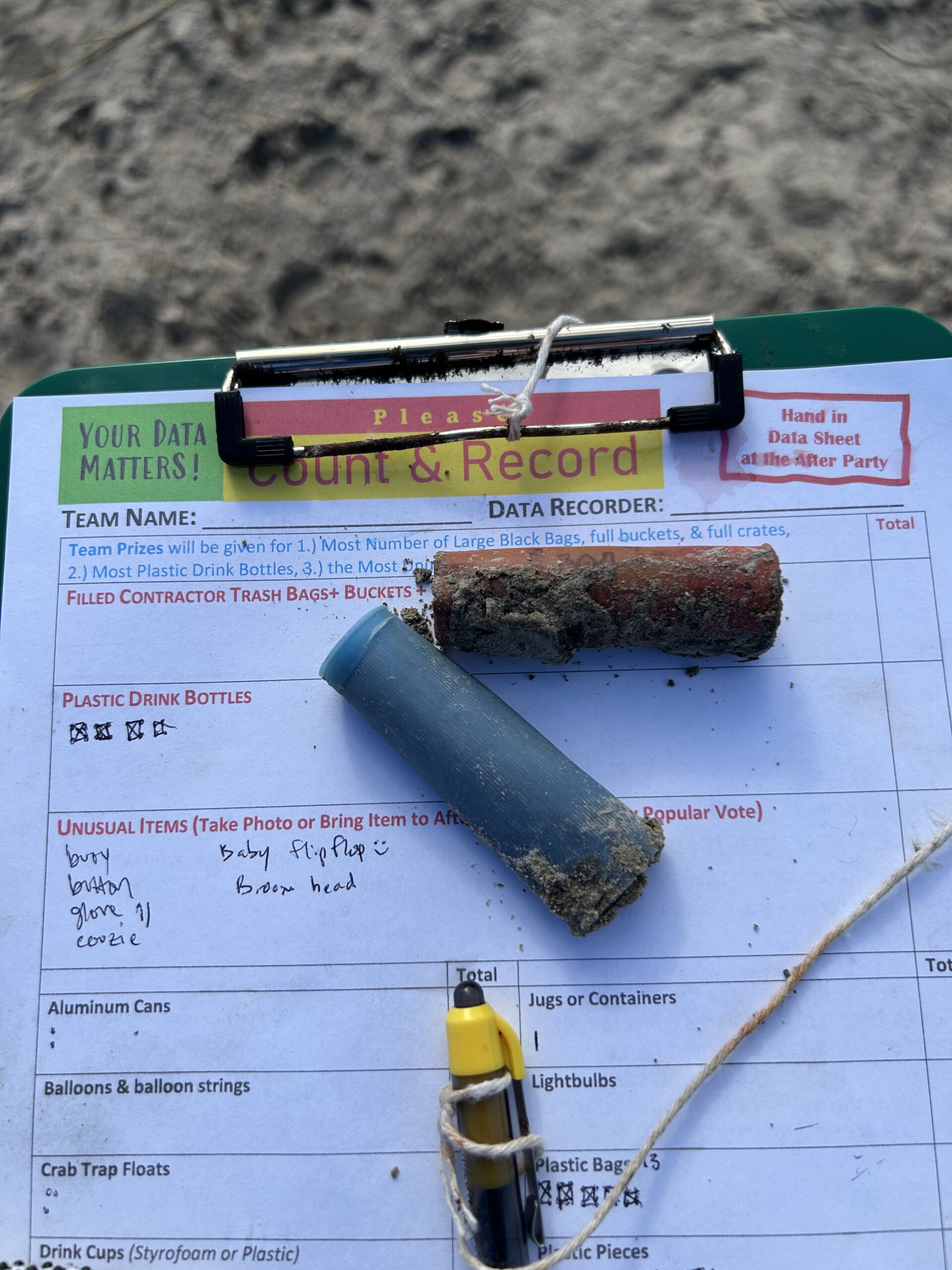
Texas’ Waterways Litter Problem
-
5.7 million pounds of identifiable litter from 3,448 individual cleanups have been collected and reported to the Texas Litter Database in the last four years
(February 2020 – June 2024 – 186,739 pieces of litter catalogued)
-
Texas contains a vast array of waterways that all have the potential to carry litter to the 367 miles of coastline along the Gulf of Mexico
-
72% of reported Texas litter is composed of plastic
-
Texas has more marine debris and litter along its waterfront than any other state in the nation
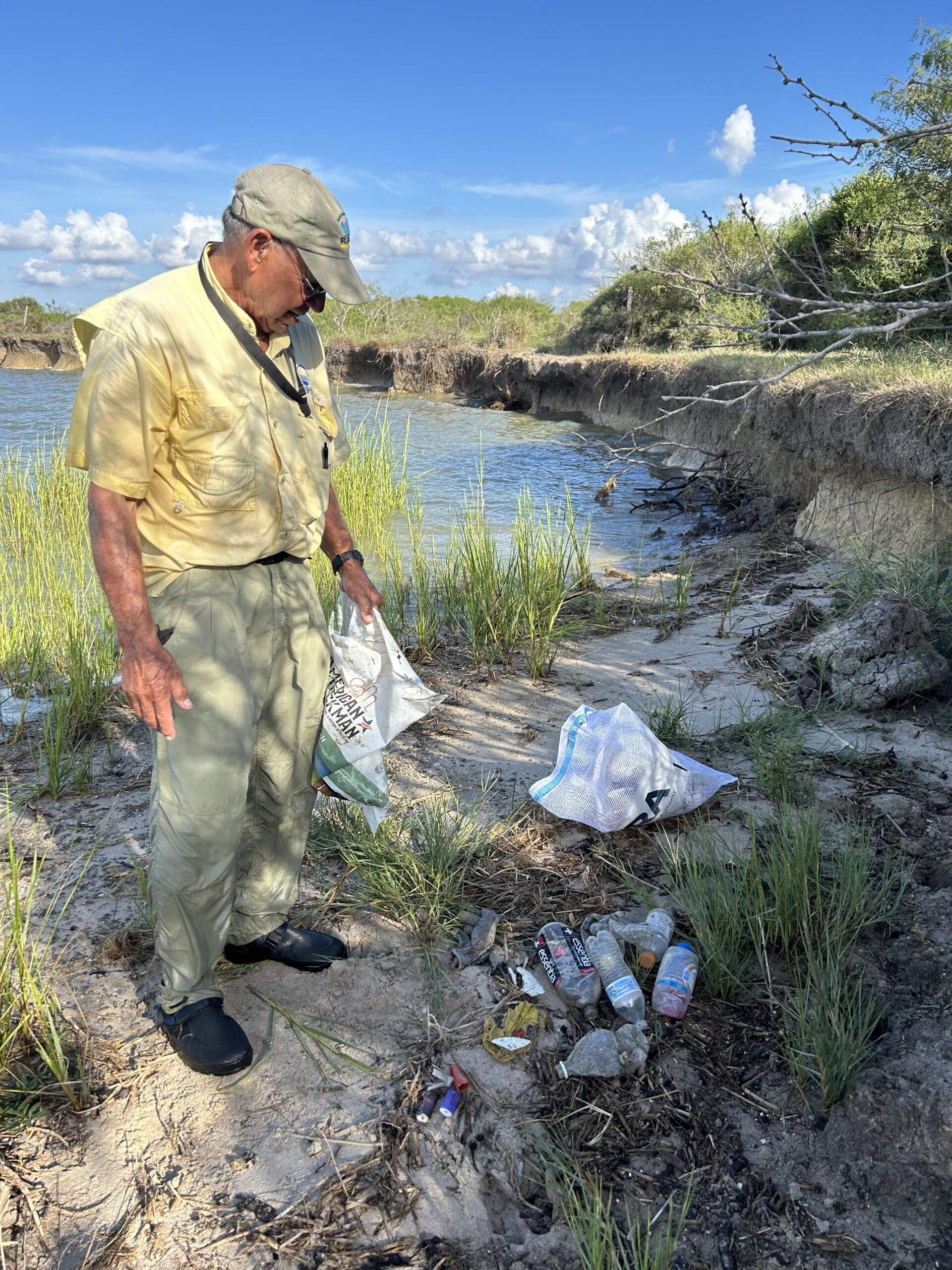
Economic Impact of Litter
-
Cost of Litter Cleanups
Litter removal can be labor intensive and costly
-
Damage to Infrastructure
Litter blocks drainage, increasing flooding risk, and damaging pipes and culverts
-
Reduction in Tourism and Recreation
Litter makes Texas cities, towns, and natural areas less attractive to tourists, which reduces the income that local businesses may rely on for income. Potential homebuyers and businesses are less likely to invest in properties with environmental degradation.
-
Impact on Industry
Agriculture, commercial fishing, etc depends on clean water.
-
Public Health
Contamination in our water is a public health risk, that is not only costly on a personal basis, but creates a burden on public health systems.
